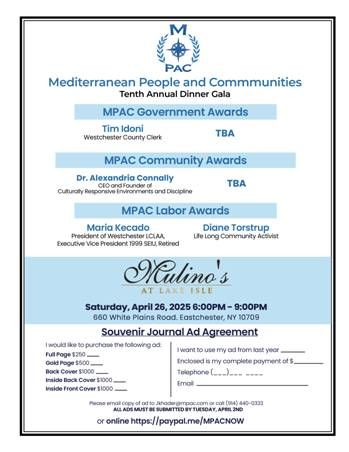President Donald Trump’s latest proposal, the “Trump Dividend,” has sparked a heated debate over whether surplus government funds should be returned directly to taxpayers. Supporters hail the plan, which would distribute unspent federal allocations to the American people, as a necessary and fair refund of taxpayer money. Critics, however, argue that it is a politically motivated stunt that prioritizes short-term gain over long-term economic stability.
Proponents of the Trump Dividend argue that the money rightfully belongs to taxpayers, not to the government. If funds have been collected but remain unused, they contend that it makes sense to return them to the people who contributed to the system. Unlike previous stimulus payments, this check would not be funded through borrowing or new government expenditure, which means it would not increase the deficit or significantly contribute to inflation. Additionally, returning surplus funds could promote greater fiscal responsibility in Washington, compelling lawmakers to be more cautious about wasteful spending. Many Americans, particularly those struggling with rising costs, could also gain from immediate financial relief instead of waiting for the government to determine how best to use the money.
Critics, on the other hand, question the effectiveness of a one-time payment. While direct cash relief is appealing, it does not address underlying economic challenges. Instead of issuing checks, opponents suggest that the government should reinvest unspent funds in infrastructure, education, or debt reduction—areas that provide long-term benefits. Others raise concerns that injecting large sums of money into the economy, even if sourced from existing funds, could still contribute to inflation by increasing consumer demand.
The timing of Trump’s proposal has also ignited accusations of political maneuvering; some view the dividend as a strategic tactic to garner support. If Trump successfully delivers money directly to Americans, it could enhance his reputation as a leader who prioritizes the financial well-being of average citizens. Democrats find themselves in a challenging position—opposing the measure could make them seem unwilling to return taxpayer money while supporting it could allow Trump to gain political capital.
Another argument against the Trump Dividend is that the funds could be allocated more effectively. Instead of distributing the same amount to every American, some critics propose directing the money toward lower-income families, veterans, or student debt relief. The concern is that providing payments to those who do not require them represents an inefficient use of resources.
The Trump Dividend is neither an economic catastrophe nor a perfect solution. However, it serves as a classic example of a populist policy—one that resonates because of its simplicity. The idea that taxpayers should receive unspent funds is hard to argue against, but whether this represents the best use of those funds depends on one’s perspective. Supporters of smaller government and direct economic relief see this as a fair refund, while advocates for strategic investment in public programs contend there are better ways to utilize the money.
Regardless of one’s stance on the issue, the Trump Dividend has already shifted the conversation. If it moves forward, Trump will have provided a tangible financial benefit to voters. If it is blocked, the opposition risks seeming to prevent the return of money to the people. The debate ultimately centers around a fundamental question: Should unspent government funds be returned to taxpayers, or should they be reinvested in broader economic initiatives?










